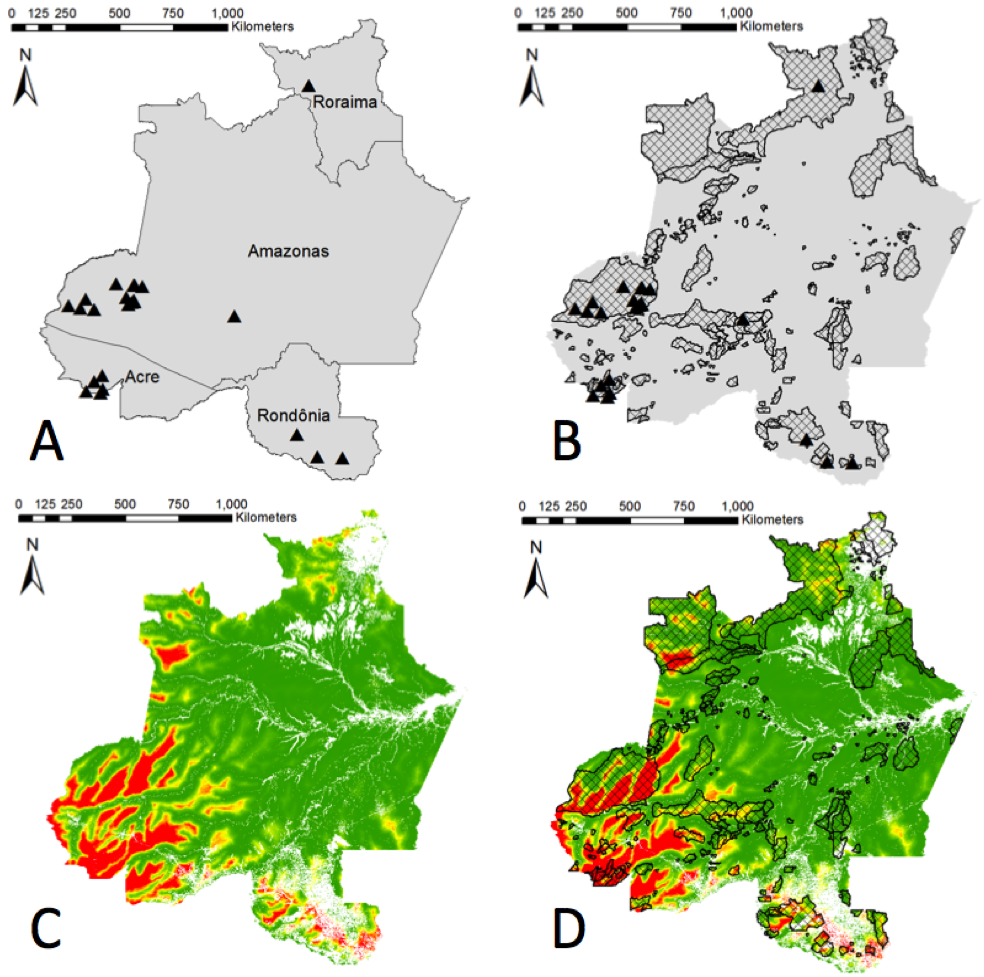Protection Efforts
Most isolated populations are small and critically endangered. A lethal mix of displacement, epidemics, and violence from invading colonization threatens the livelihood of isolated populations. The worst case scenario is that isolated populations will go extinct. A concerted effort is needed now to ensure the survival of humanity’s last known isolated tribes.
Our project is intended to help inform policies that can mitigate against external threats to the survival of isolated peoples. Protection efforts have not been effective in the many areas where colonization is encroaching into the homelands of isolated peoples. The current policy of governments, primarily those of Brazil and Peru and supported by the United Nations, is mostly a “leave them alone” strategy. There is an implicit assumption to this strategy, however, that currently isolated populations are viable in the long-term. The long term viability of these populations is unlikely unless protection efforts against external threats are drastically increased. We prioritize certain locations for protection efforts by estimating population sizes from cleared areas, evaluating changes through time, and determining whether or not isolated villages are connected to meta-populations.

Study area in Brazil, including states and locations of isolated villages that have been georeferenced (triangles, Panel A), and locations of isolated tribes and existing indigenous reserves (crosshatch, Panel B). Panel C illustrates preliminary maximum entropy (MaxEnt) model results, with red areas indicating higher probabilities of occurrence of isolated peoples. Panel D includes both MaxEnt model results and overlays of existing indigenous reserves showing that it is likely that some unknown isolated people live outside of currently protected areas.